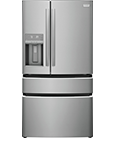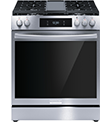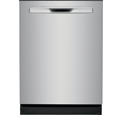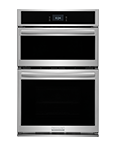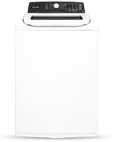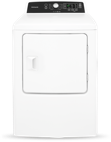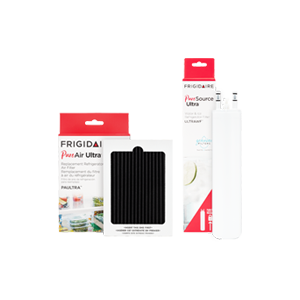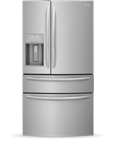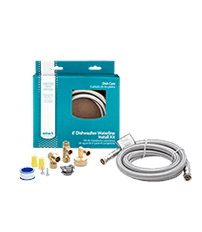If you’ve noticed a change in your air conditioner performance or noticed your utility bill creeping up over last year, it may be time to perform some maintenance and cleaning. Whether you have a central air conditioner, a split A/C unit, or a window unit, these tips will help you stay cool and save energy costs.
Why Air Conditioner Maintenance is Necessary
Building in time each month to clean your air conditioner will save you money and headache in the long run. These machines depend on airflow. When airflow is affected by dust, dirt, and obstructions, the performance will suffer and so will your wallet. Keep a calendar reminder or integrate A/C maintenance into your home maintenance routine and your air conditioning unit will work better and more efficiently.
How to Clean Your A/C Unit
Cleaning is paramount in improving your air conditioner’s performance. It’s easiest to make A/C maintenance part of your home maintenance routine and check the units frequently. Dust and debris can collect in the filters, crevices of the machine, and around the ducts. Follow the following tips:
- Clean or replace the filters yearly. Write in the installation date to remind yourself when to replace the filter
- Ensure your A/C is draining properly and clean the drain tray and wipe down the condenser
- Clear dust and debris from the outside of your split or window unit
- Remove obstructions to airflows, such as curtains and furniture
Dirty filters can impact your air conditioner performance and air quality of your home. If you have a split A/C, window, or built-in unit, the filter will be inside the machine and it will need to be cleaned or replaced. You should also vacuum the ducts of the unit and wipe down the outside of the machine with a damp washcloth to remove dust. In central air conditioning units, the filters will be inside your home and will need to be replaced. Regularly vacuum the ducts when they get dusty and move furniture away from them to ensure maximum airflow.
Drain line maintenance is important for central A/C units because mold or algae can grow inside if it isn’t cleaned properly. Pour half a cup of bleach in the line monthly or quarterly to keep the drain line clean and clog-free.
Window units and split units have drain trays at the bottom to collect condensation. Sometimes these drain trays overfill and can damage the unit. If you see water damage on your unit such as rust, you should remove the tray, dump it and clean it, and put it back in. If this is a consistent issue, you should schedule A/C service to ensure it can drain properly. Check your owner’s manual for instructions on removing the drain tray.
Five Household Tips for Improving A/C Performance
Your appliances may be affecting your air conditioner’s performance more than you know. By following these tips, you can increase the efficiency of your unit.
- Block the sun by closing blinds and curtains during the hottest parts of the day
- Move your appliances and lamps away from your thermostat, if possible, so your thermostat has an accurate reading of your home’s temperature
- Move your appliances, such as lamps or deep freezer, out of the hottest room of your home. These will only compound the heat and kick your air conditioner into overdrive, costing you money
- Upgrade to energy-efficient light bulbs if you haven’t already. Traditional bulbs convert most of their energy into heat
- Ensure your dryer’s heat is escaping outside and not leaking back into your home
When to Replace Your A/C Unit
If your air conditioner is still not keeping your home cool after all of these steps, you should schedule a service with an HVAC technician. The technician will be able to tell you if the problem is repairable. One thing to consider is the age of your unit. Modern air conditioner units are more efficient than older models. It could be time for an upgrade. Newer units will still need regular maintenance like cleaning and filter replacement, but you will most likely see an improvement in air conditioning and energy costs.

